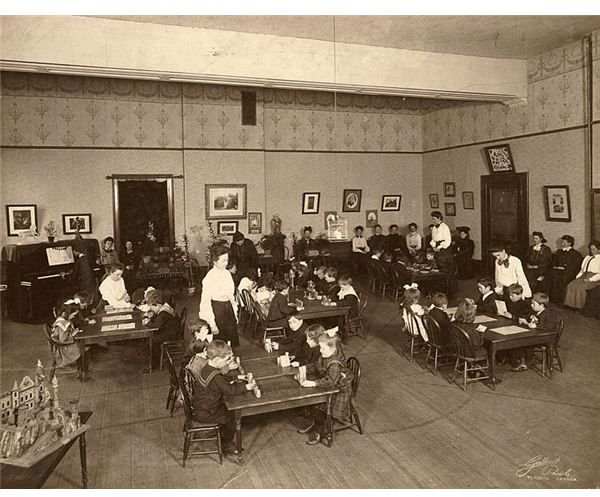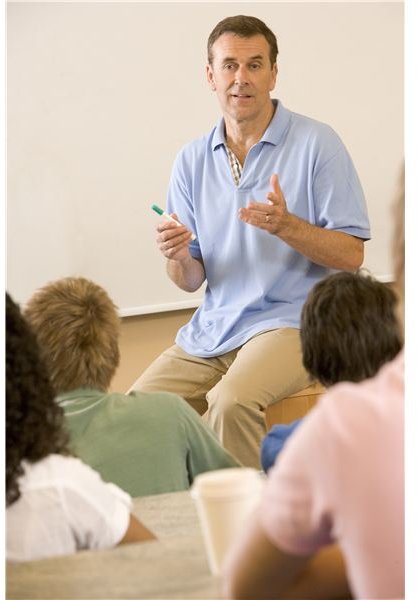Teachers Looking Inward: Reflective Teaching Strategies to Improve Classroom Effectiveness
Going Within
Donald Schon is credited with introducing the concept of reflective teaching to the educational realm in 1983. Reflective teaching
strategies, however, are much older, having been proposed, discussed and used by other educators such as John Dewey, Jean Paiget and Carl Jung.
In the most simplistic description, reflective teaching strategies allow an educator to look at what is being taught, how he/she is teaching it and what the outcome of the lessons are. The purpose is to learn what works for the individual teacher as well as what works for the students.
As with all reflective practices, reflective teaching presents the educator with an opportunity to look within themselves to their own personal teaching philosophy (how they teach), thereby challenging themselves to their strengths and weaknesses.
Strategies
Since the purpose of reflective teaching is to focus on one’s own teaching, the strategies for reflection are best made by personal preference rather than mandated. Many schools of education incorporate reflective teaching strategies as a means for student teachers to learn how and why they teach. While this is a valuable tool for student teachers, reflective teaching strategies can also be used by teachers in the classroom who wish to enhance their teaching skills.

Educators who teach reflectively use one or several of the following strategies -
- Keep a teaching journal or diary
- Collaborative journal writing - a group of teachers keep and share diary entries during a prescribed period
- Create and utilize self assessment forms
- Video tape their work in the classroom
- Written reports on projects/experience in the classroom
- Ask peers to review their work
- Work with a mentor
- Read and utilize student assessments
- Write an autobiography on how and why you became a teacher, sharing sections with peers
Once the data is collected, educators should review it, reading any comments made by students, peers, or mentors, think about what has been revealed, discuss what it means to them and ask mentors and peers for suggestions/comments on what they (the educator) has discovered. Realistically, student teachers have the time to invest in reflective teaching, whereas, classroom teachers may find it a challenge to reflect.
Practicality
While reflective teaching has many benefits, the least of which is allowing an educator to enhance their teaching skills, in today’s world with the constant pressure of mandated student assessments and standardized testing, many educators find reflective teaching to be simply another weight on a scale that is already off balance. To be realistic, reflection in any form takes time. If teachers are given the time to be reflective, then they will be able to reap the benefits. Educational administrators would be wise to realize that reflective teaching strategies are, as educator Jack Richards states, “a powerful impetus for teacher development.”
Resources:
- British Council: Reflective Teaching
- Toward Reflective Teaching by Jack Richards
- Photo - Wikicommons
